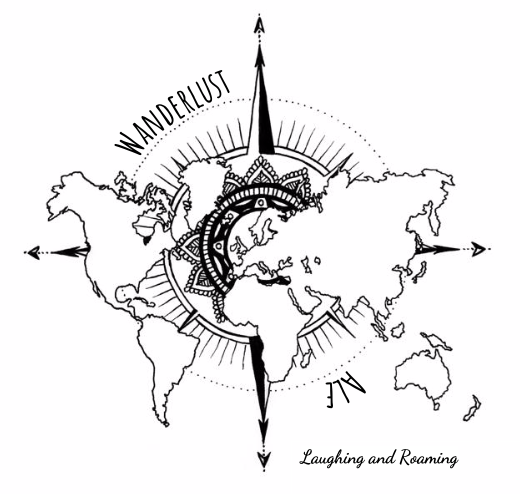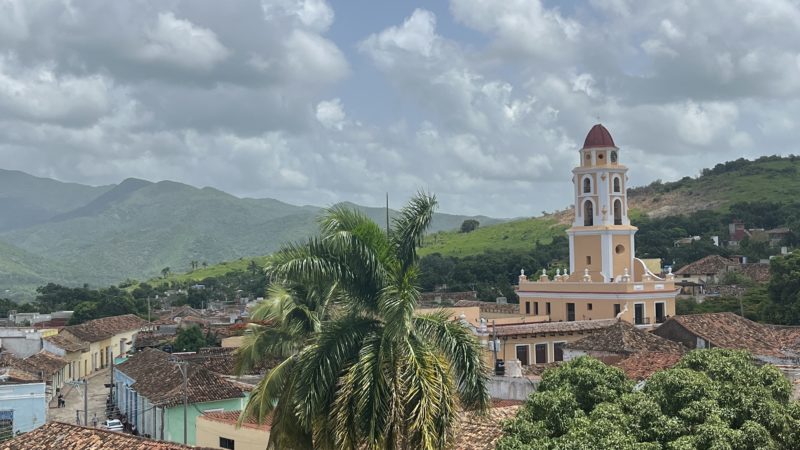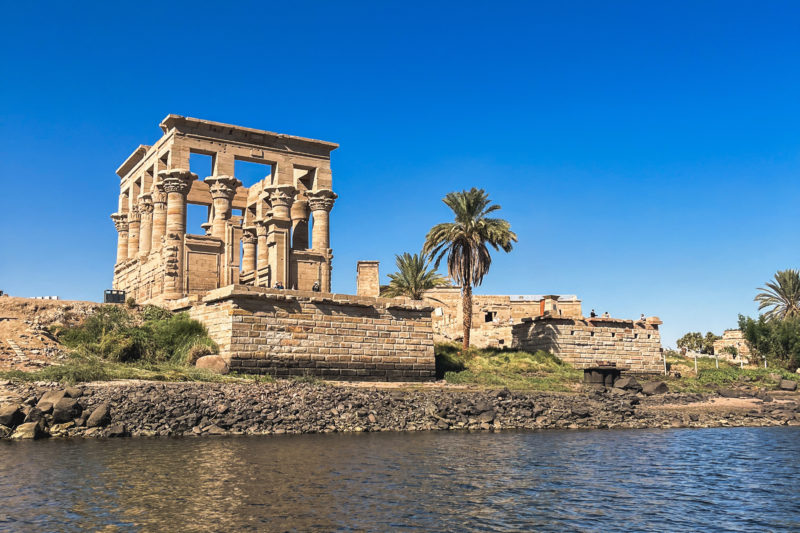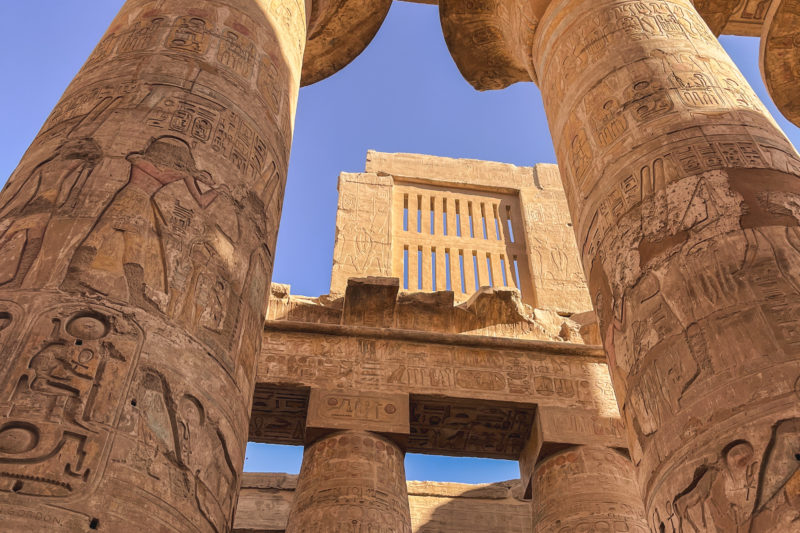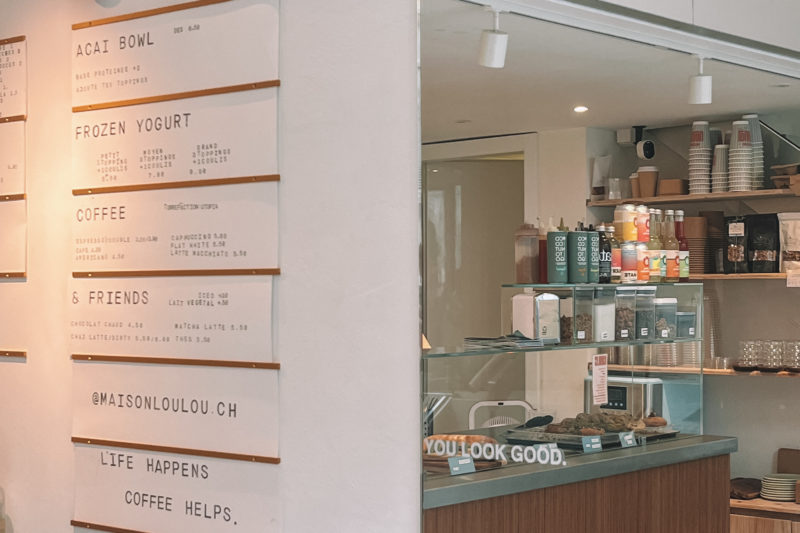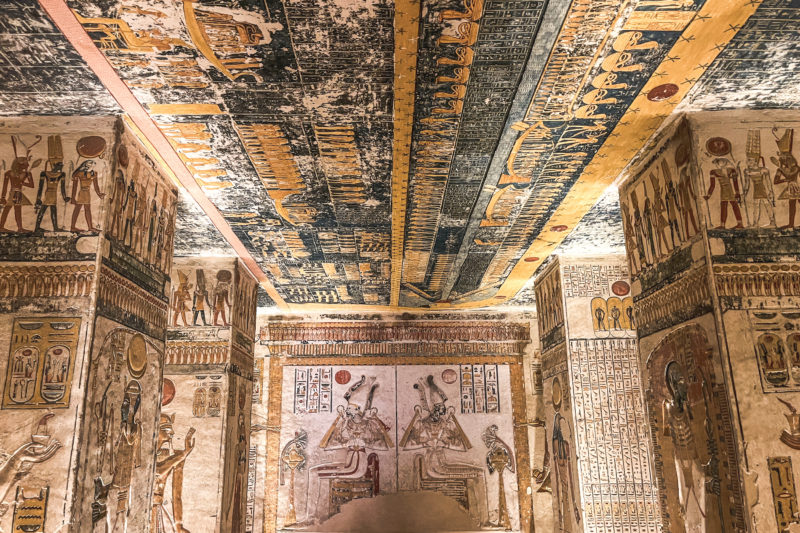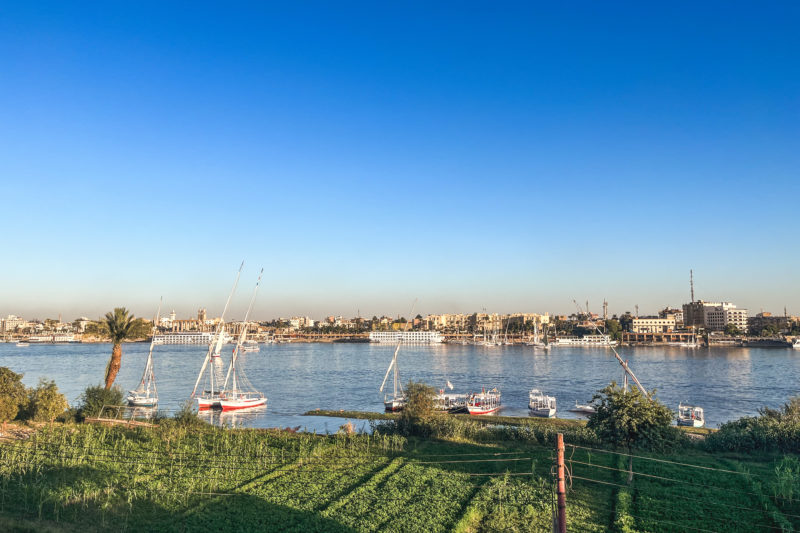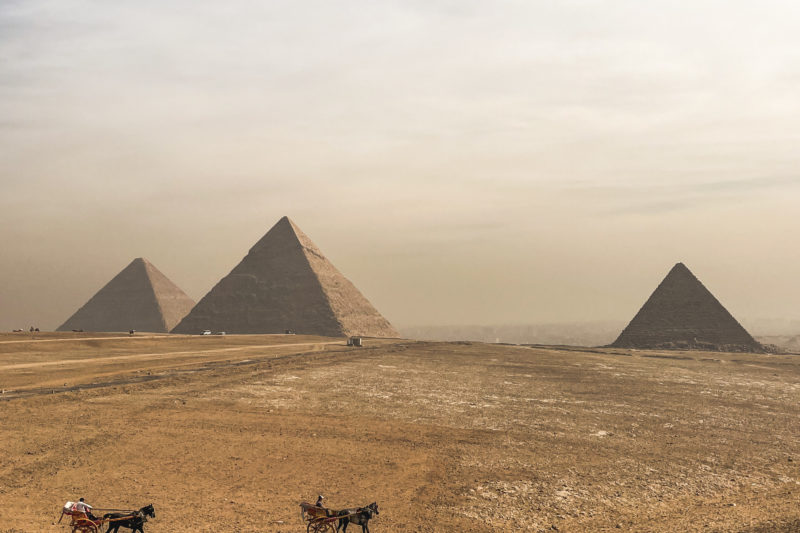Reconnect with the essentials, let nature soothe your soul, listen to the sea whisper through the breeze, and sometimes, drink too many cocktails (after all, all roads lead to rum, right?).
Dance, reveal yourself, let go… The warmth of Cuba embraced me like a hug. Here, time stands still, and music is not just a sound: it’s the heartbeat that makes the island vibrate.
Cuba is a cocktail of contrasts: a journey through time, between the remnants of a frozen past and the colorful hustle and bustle of Havana’s streets, the peaceful valleys of Viñales, and the golden beaches of Trinidad.
For two weeks, we adopted the Cuban rhythm, slow but soothing, between cultural discoveries, lush nature, and lively melodies.
Havana – The Beating Heart of Cuba
Arriving in the late afternoon from Paris, we were greeted by torrential rain. We had already arranged a private taxi, thanks to our future host Janet (Casa Buenos Aires), to take us to our first accommodation (Casa Electra and David).
In Havana, we took the time to explore this city lost in time for two whole days. Indeed, the capital of Cuba is a vibrant city full of contrasts, where Spanish colonial history blends with Caribbean energy. Its colorful streets, lined with buildings with facades weathered by time, tell centuries of culture, music, and revolution. Havana captivates with its unique atmosphere, between nostalgia and liveliness, where every street corner seems frozen in time while remaining intensely alive.
A total immersion in the Cuban soul.
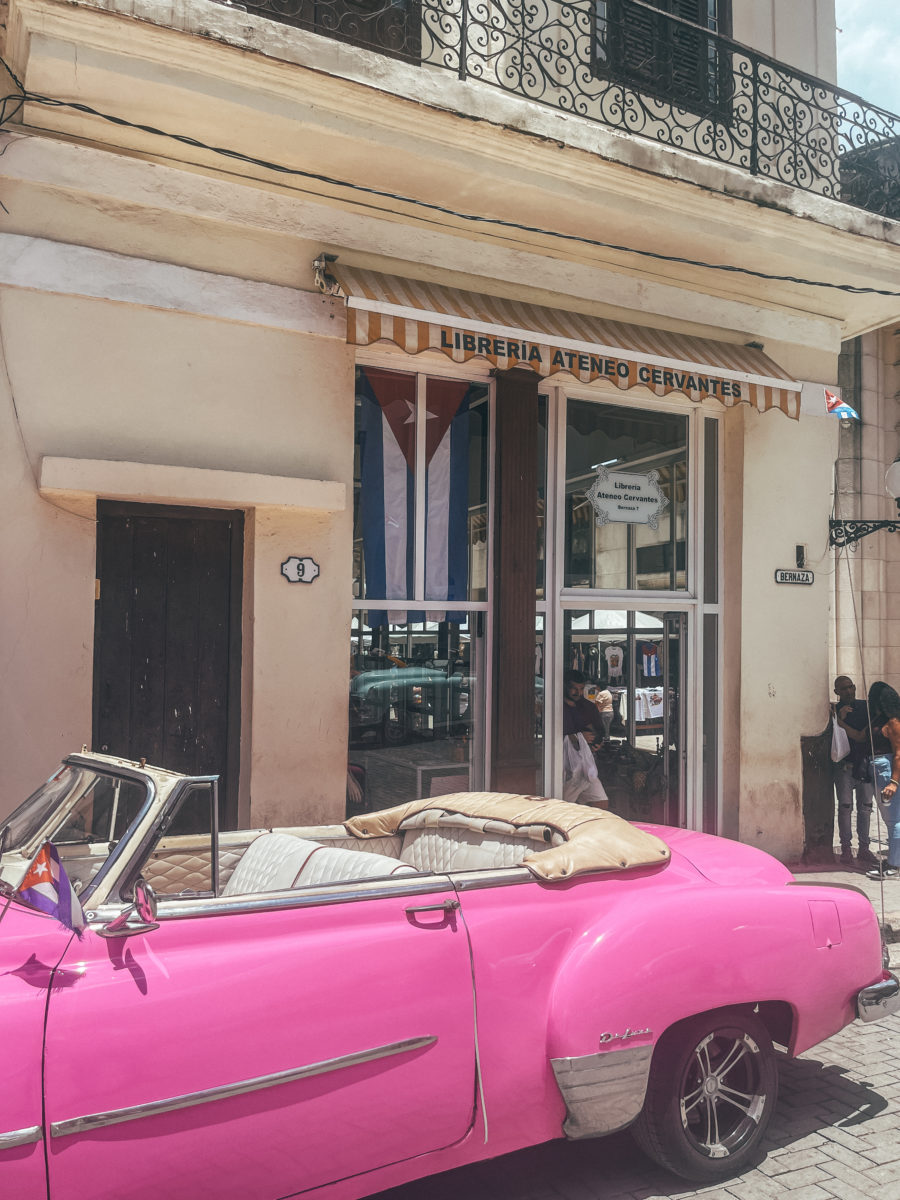
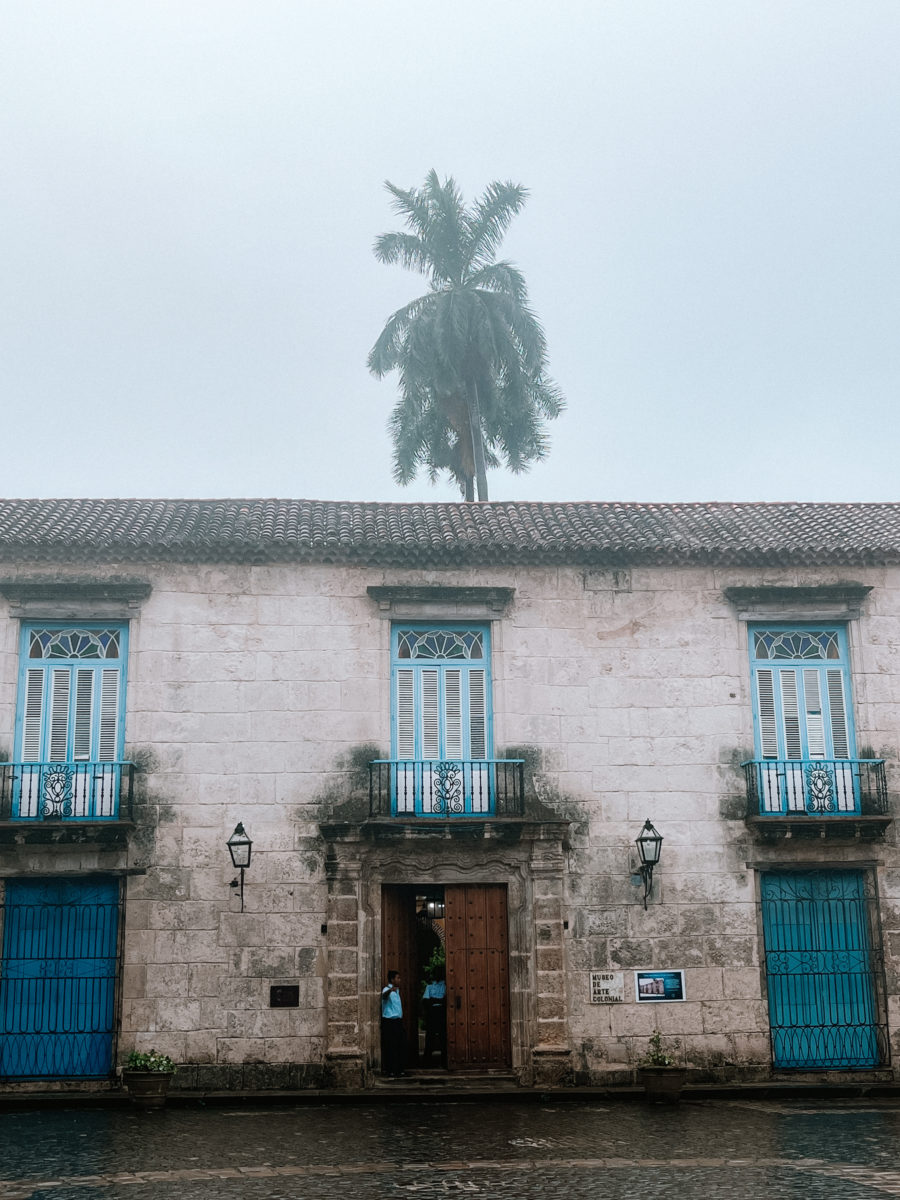

I recommend Casa Buenos Aires and its owner Janet, who was a great support and a wealth of information during the trip preparation. The room is spacious and air-conditioned. A nice bonus is the breakfast on the rooftop.
Casa Electra and David (1 night) & Casa Buenos Aires (2 nights)
Contact & Booking
Official website: casabuenosairesencuba.com
WhatsApp: +53 58180955
Email: casabuenosairesencuba@gmail.com
Viñales – Among Mogotes and Tobacco
After a 4-hour and 15-minute ride in a shared taxi with some unprepared Italian adventurers (who left without sunscreen, which is very hard to find in Cuba), we discovered the spectacular landscapes of Viñales.
Waking up with a view of the mogotes, hiking through the tobacco fields, and exploring the valley on foot, by bike, and on horseback. A real breath of fresh air. And a total disconnection.
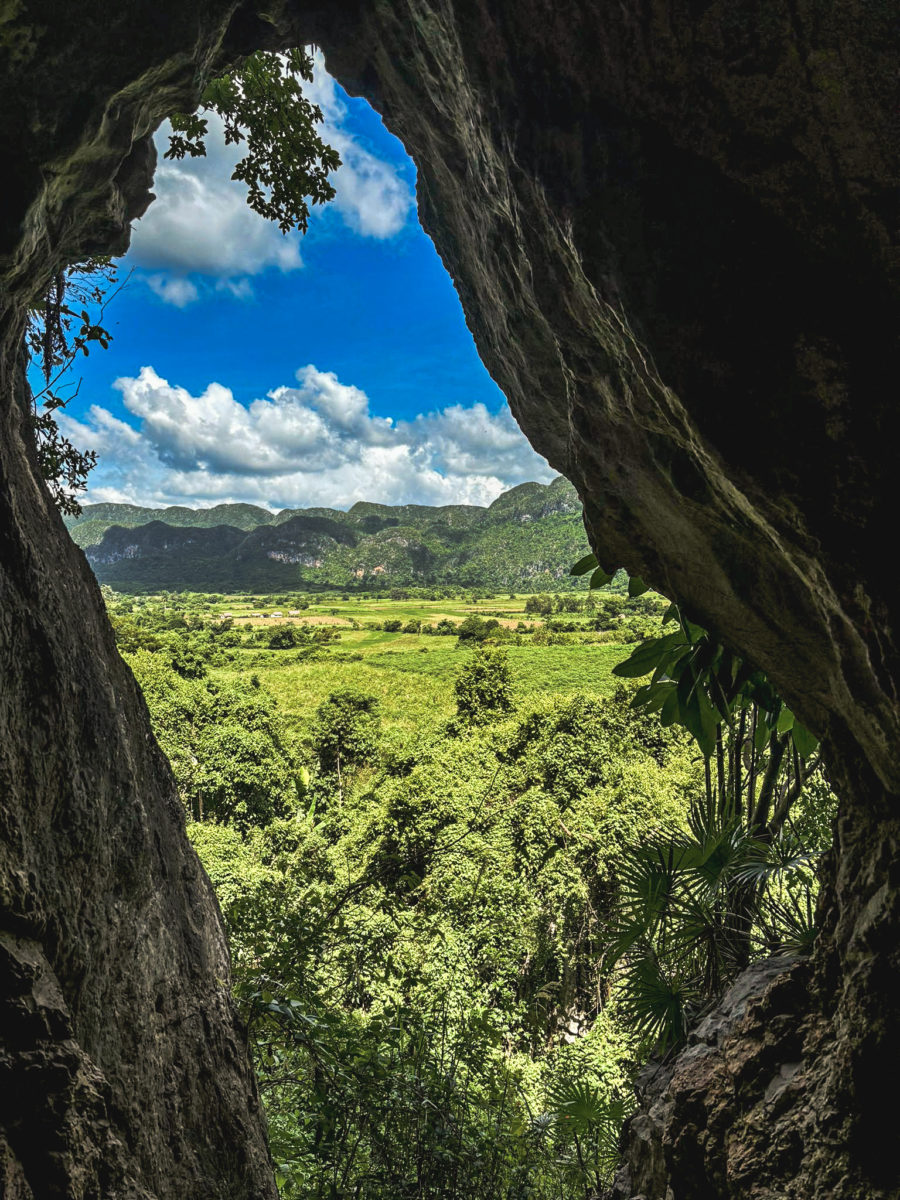
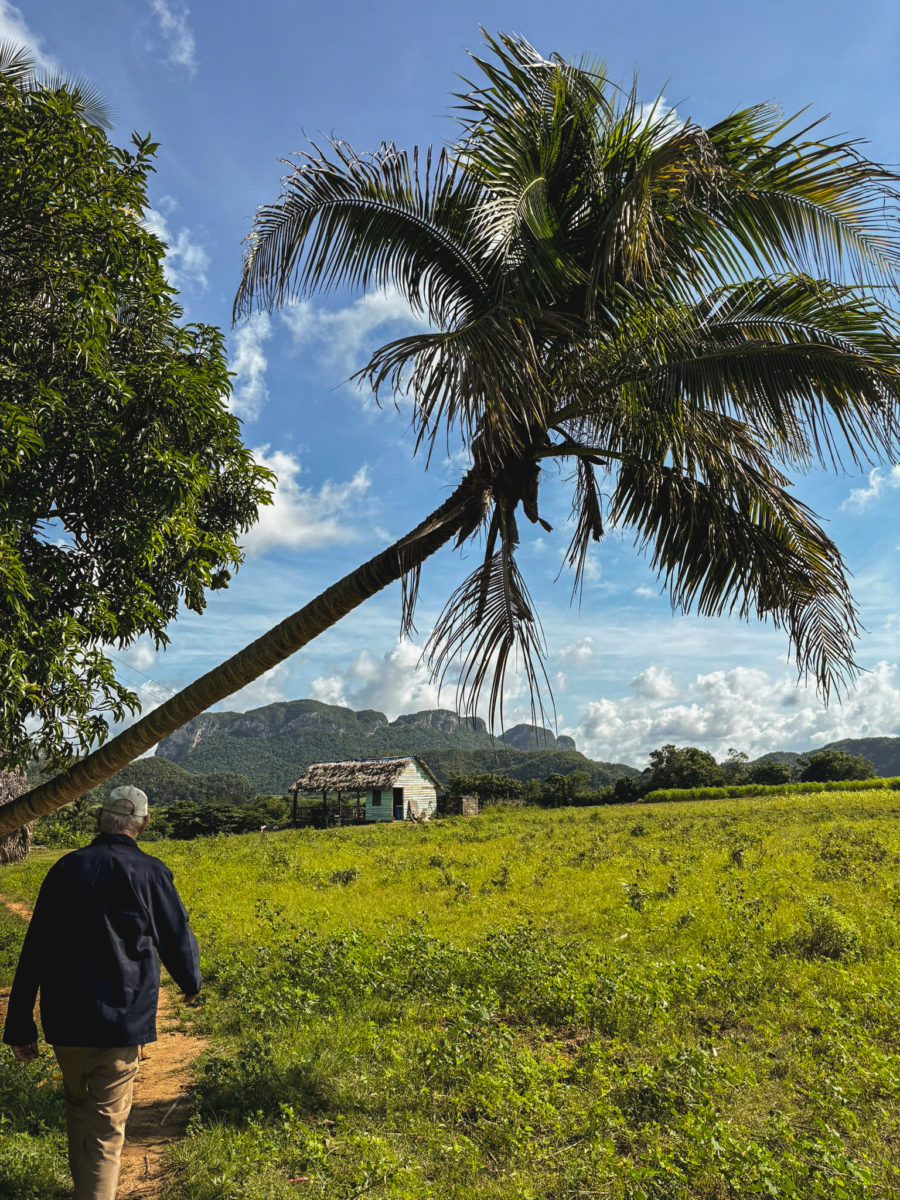
Casa de campo Mileydis is a great place to stay, and the host Mileydis is very friendly and welcoming. The infrastructure is more basic, but it comes with Cuban warmth.
Casa de campo Mileydis (2 nights)
Contact & Booking
Email: venus76@nauta.cu
Website: particuba.net/villes/vinales/mileydis
Soroa & Las Terrazas – Nature and Serenity
Originally, we planned to spend three nights in Soroa, but we quickly realized that the place might bore us. So, we shortened our stay in nature to add an extra night at Playa Ancón.
In Soroa, we still enjoyed beautiful hikes, especially to Salto del Arco, and then explored the trails of the Sierra del Rosario.
In Las Terrazas, we discovered an unusual ecotourism village and intended to go zip-lining. Unfortunately, heavy rains prevented us from venturing into the trees like true adventurers.
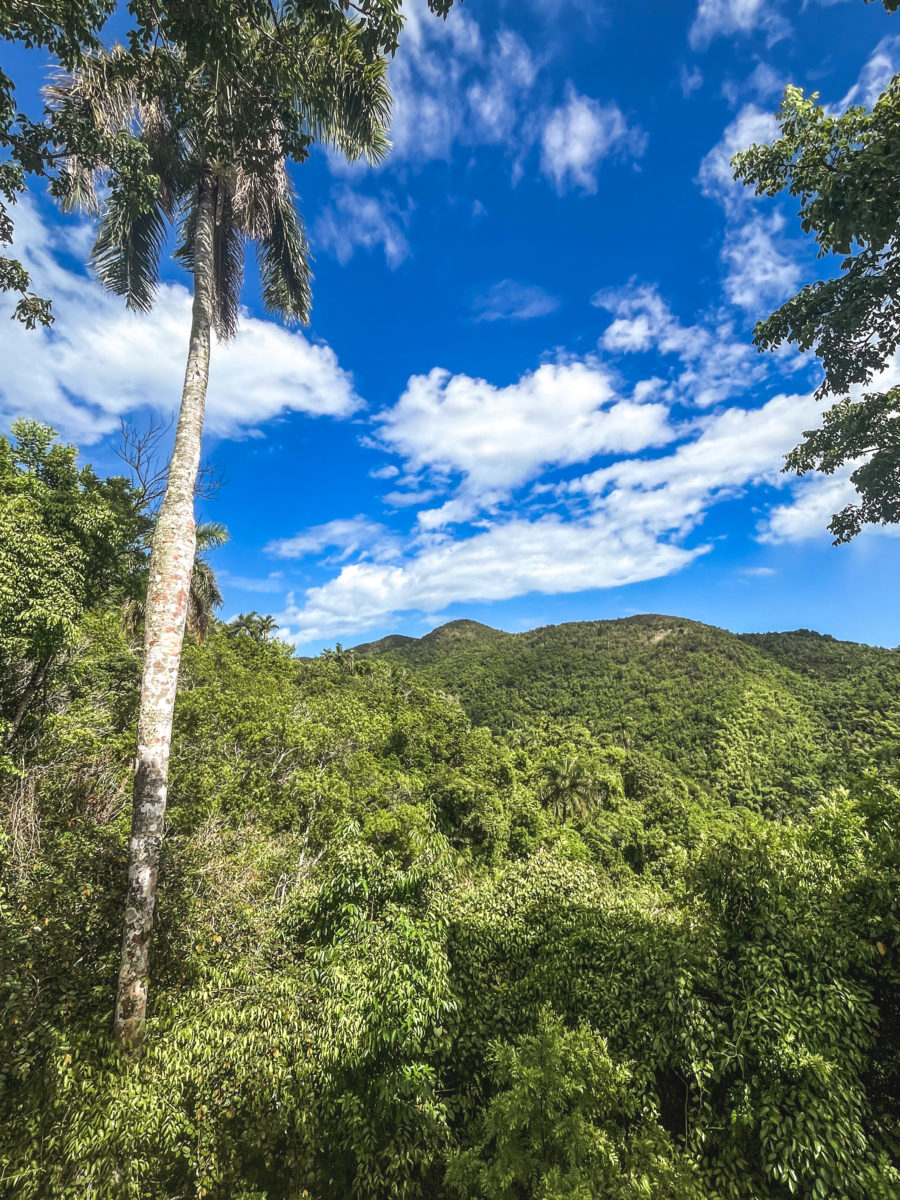
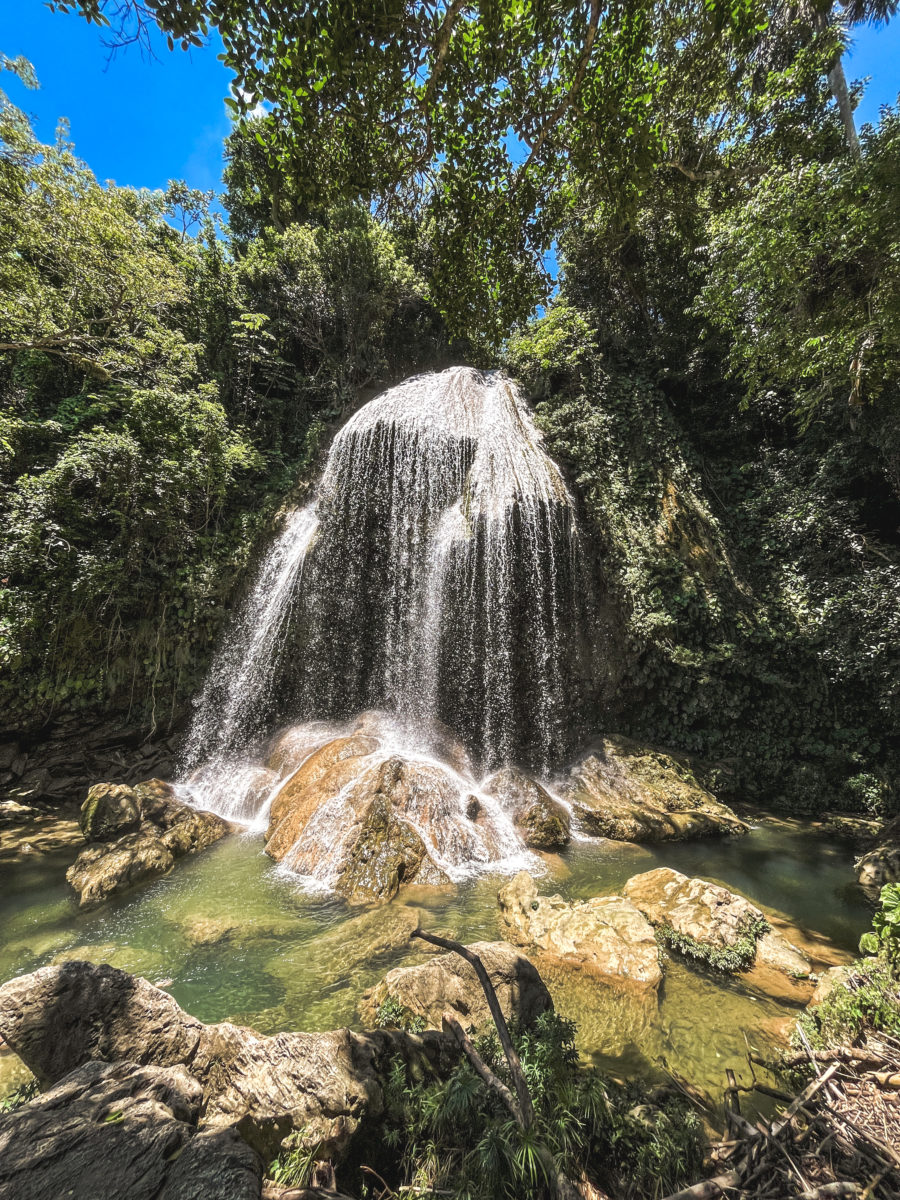
Soroa being poorly served, we were very dependent on our host who, despite his great kindness and warm welcome, did not compensate for the feeling of isolation we felt, especially in the absence of an internet connection. That said, these two days offered us a peaceful and rejuvenating break.
Casa Vivo (2 nights)
Contact & Booking
WhatsApp: +53 53 75 05 03
Website: bbinnvinales.com
Cienfuegos – Stopover City
After a 4.5-hour journey in a shared taxi, we made a stop in Cienfuegos, a city that mainly served as a break between two destinations for us. The neoclassical architecture is charming, especially around Parque José Martí, and the atmosphere is calmer than in other large Cuban cities.
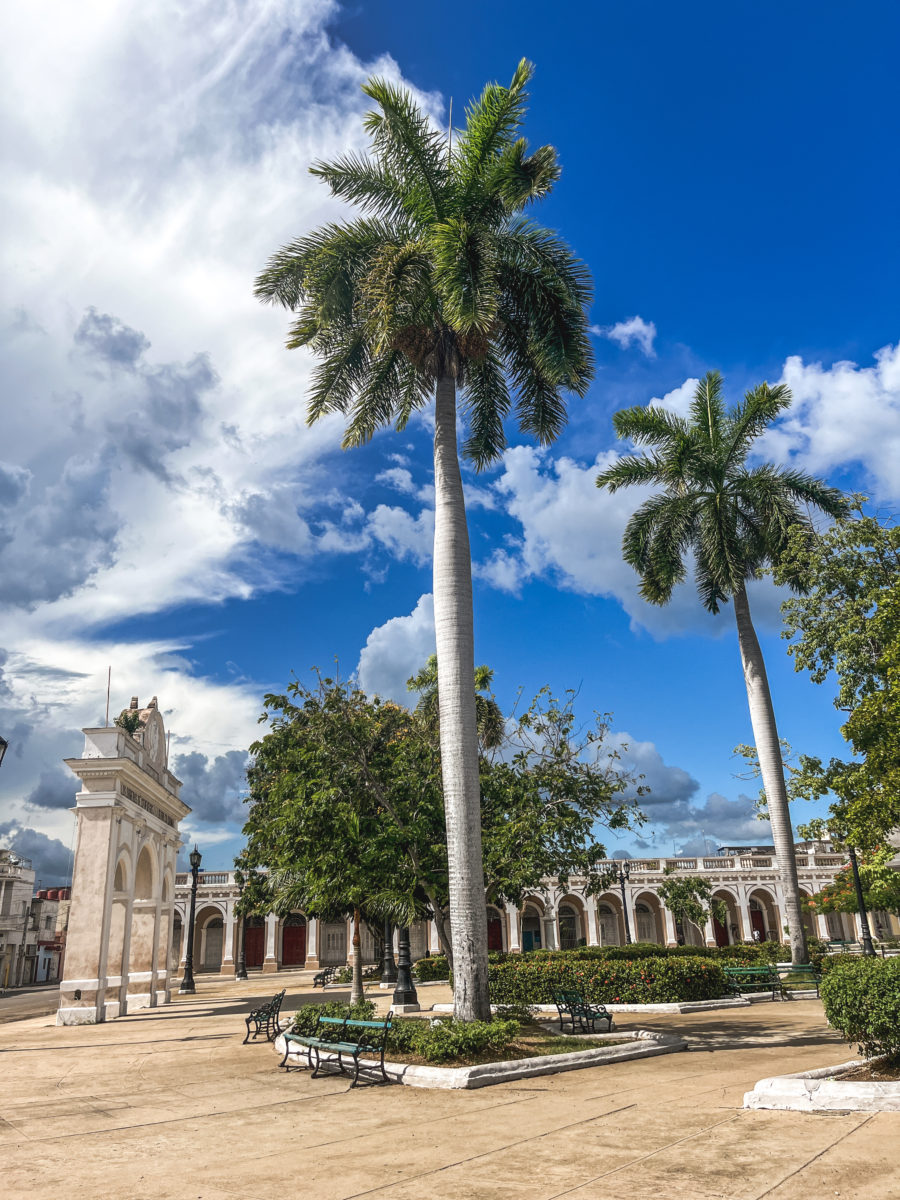
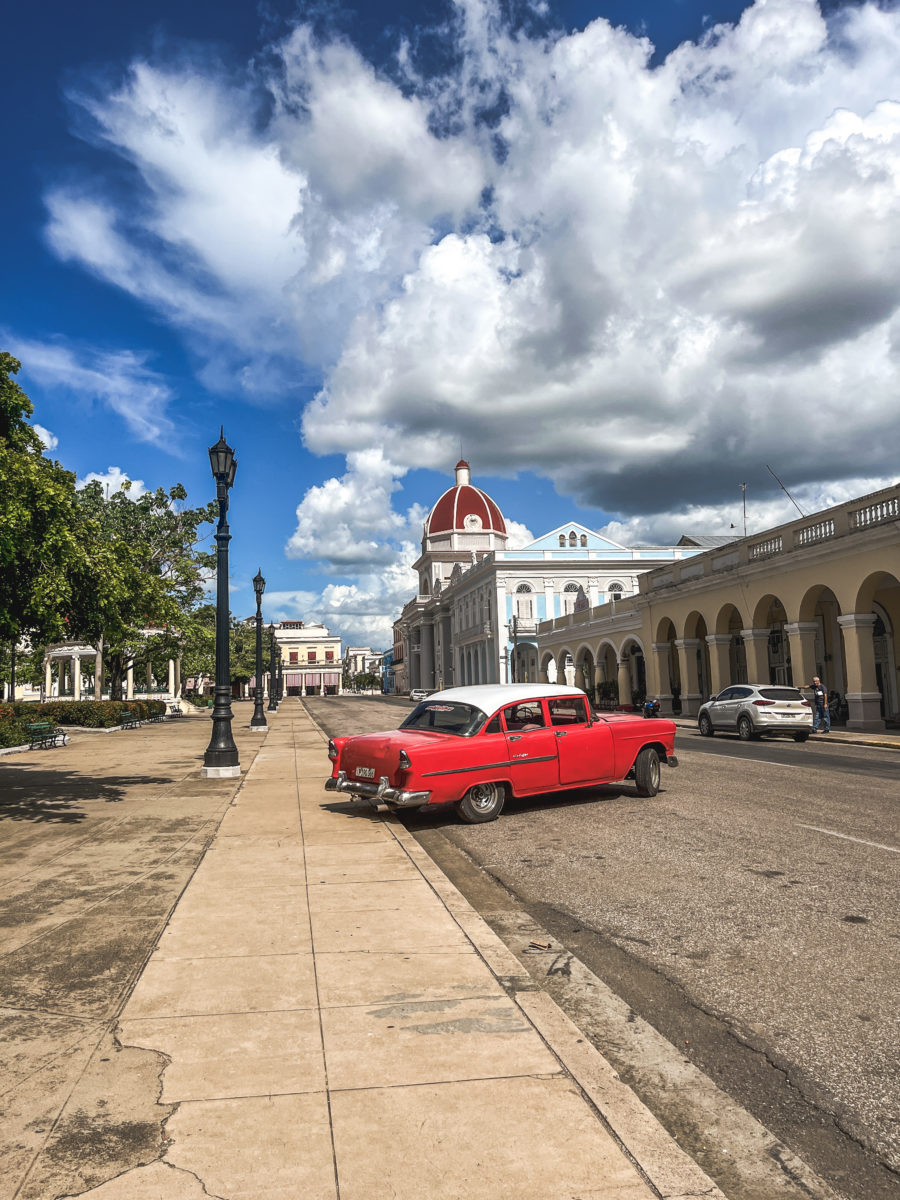
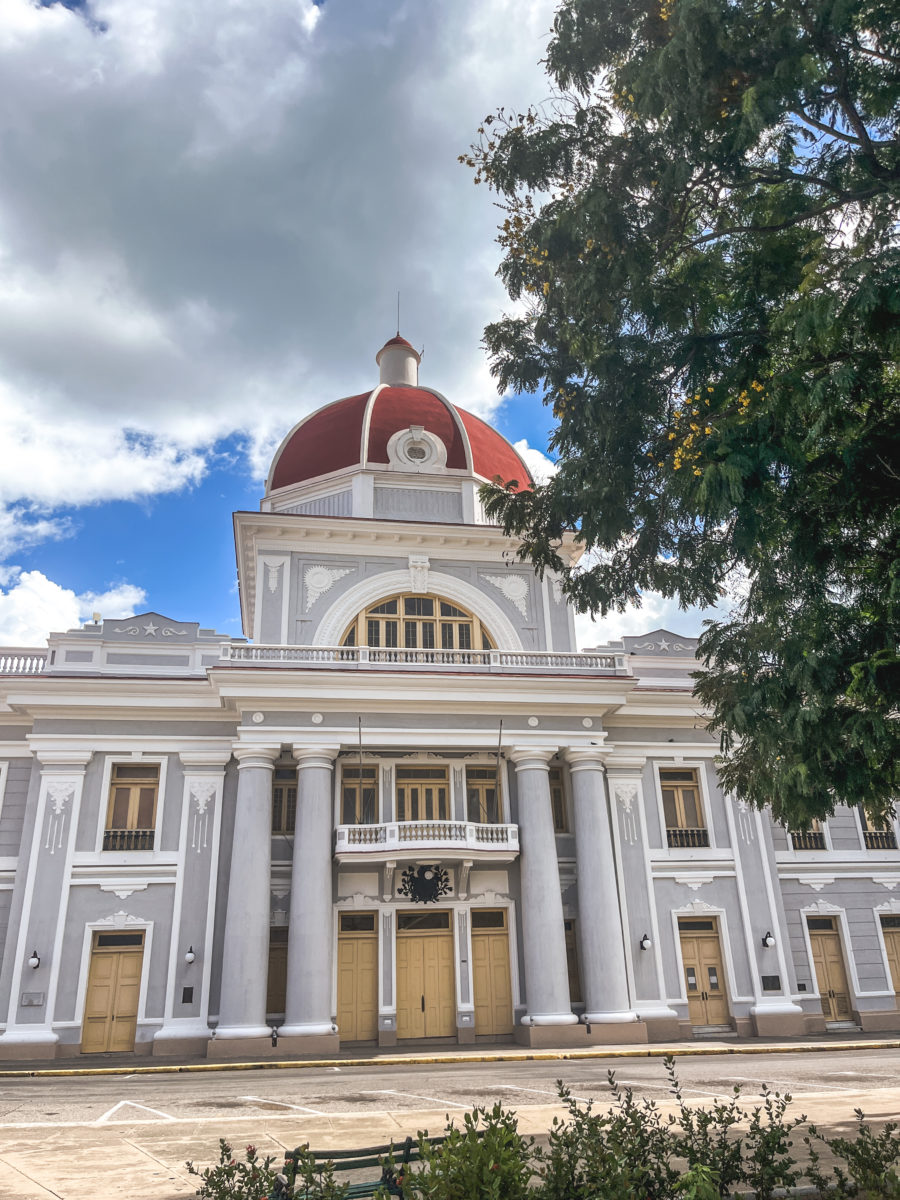
We still took the time to stroll along the waterfront to Punta Gorda, known for its colorful houses and peaceful atmosphere. Unfortunately, the oppressive heat prevented us from fully enjoying it. Despite its undeniable charm, Cienfuegos did not leave a lasting impression on us.
Relais Italia (1 night)
Contact & Booking
Trinidad – Colors and Rhythms
After about an hour’s journey from Cienfuegos in a shared taxi, we arrived in Trinidad, the true highlight of our trip. This colonial city, a UNESCO World Heritage site, immediately charmed us with its cobblestone streets, pastel facades, and warm, timeless atmosphere.
Trinidad is also the Cuban capital of salsa: we took an exciting dance class there. Between dance steps, we enjoyed long afternoons on the terraces, sipping local cocktails and playing games, lulled by the Caribbean’s laid-back vibe.
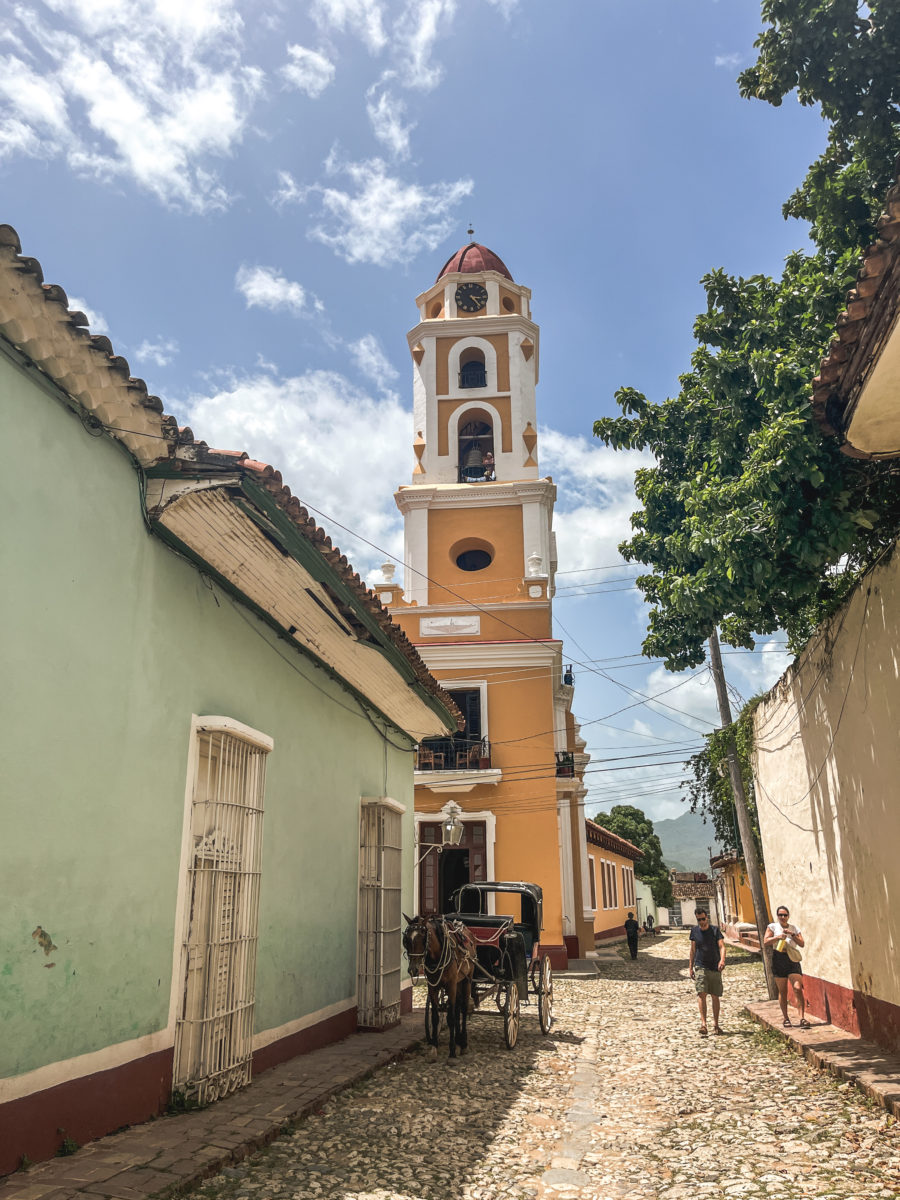
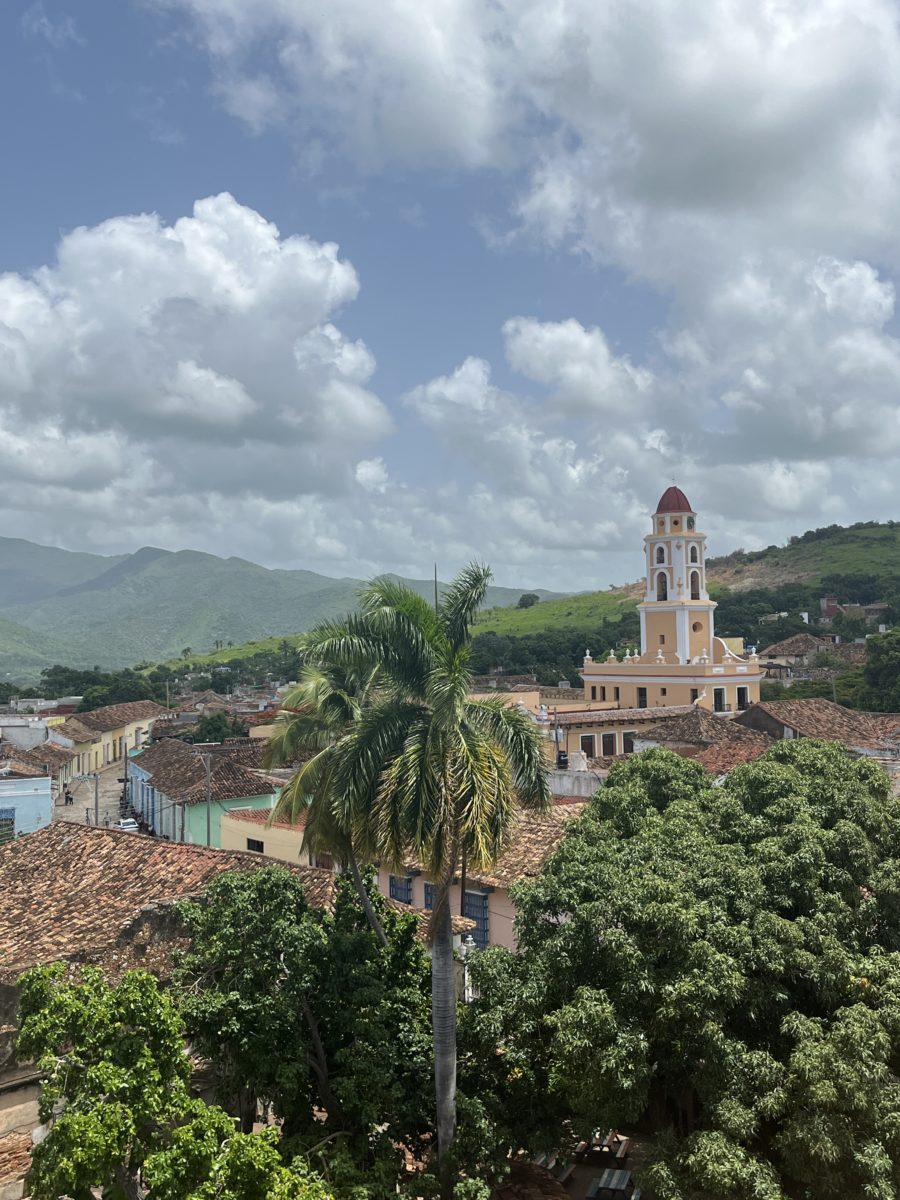
We also took part in a guided tour of the Valle de los Ingenios, a few kilometers from the city. Once the nerve center of sugar production, the valley is full of history and relics, such as the famous Manaca Iznaga tower, a symbol of the region’s colonial and slave-owning past. Our guide immersed us in this era, blending historical accounts and local anecdotes, all amidst lush, rolling landscapes.
Hostal Licor (3 nights)
Contact & Booking
Playa Ancón – Final Relaxation
Playa Ancón is a splendid white sand beach bordered by the turquoise waters of the Caribbean Sea, located just 20 minutes from Trinidad by bus. This is where we chose to end our journey, with two full days dedicated to relaxation: swimming in the warm, clear sea, napping in the shade of palm trees, fruity cocktails in hand, and simply the luxury of doing nothing.
One of the highlights of our stay was a catamaran excursion to Cayo Iguana, so named for its population of iguanas that roam freely. The trip on the waves was already a pure pleasure: Cuban music, sea breeze, and endless horizon. Once there, we explored this little wild corner where fauna and nature still reign supreme. Swimming and discovering these surprising reptiles offered us an unusual and memorable getaway.
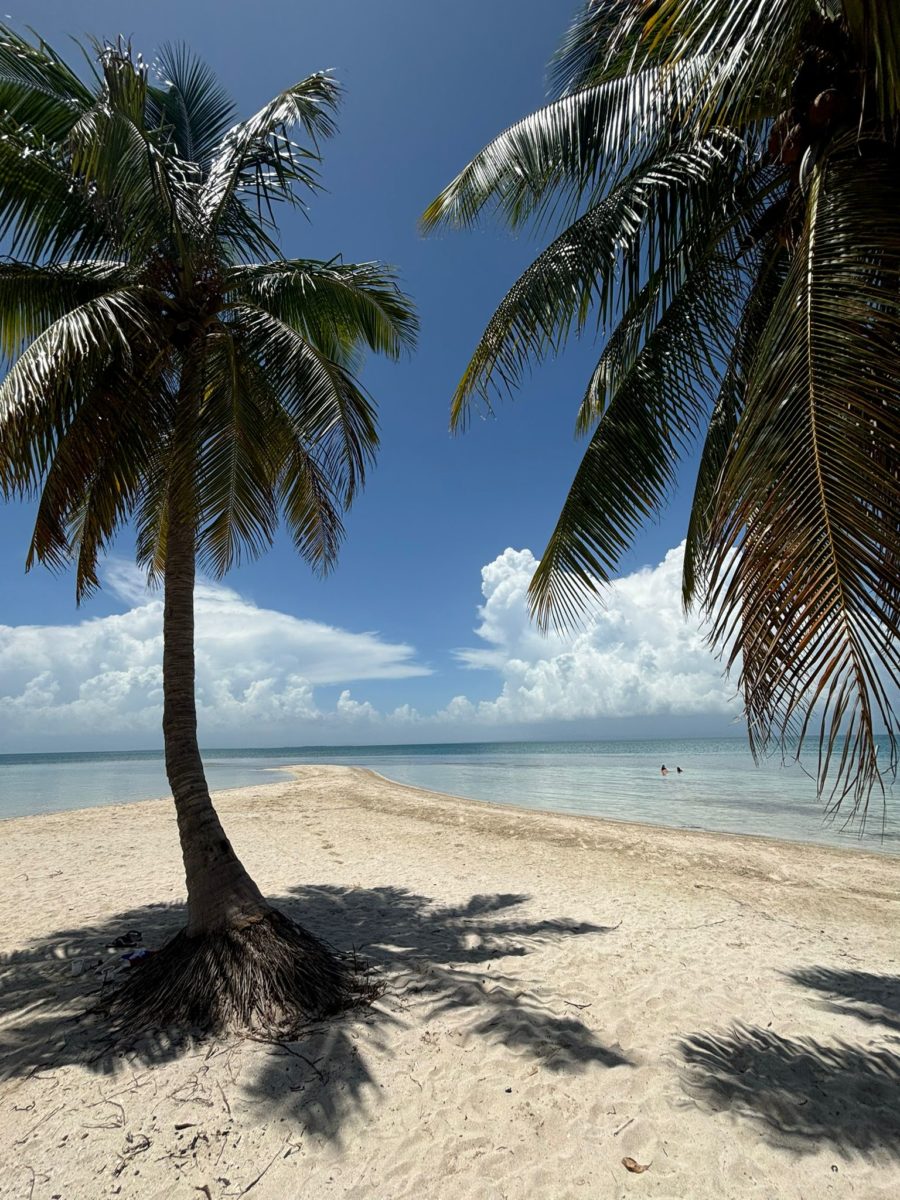
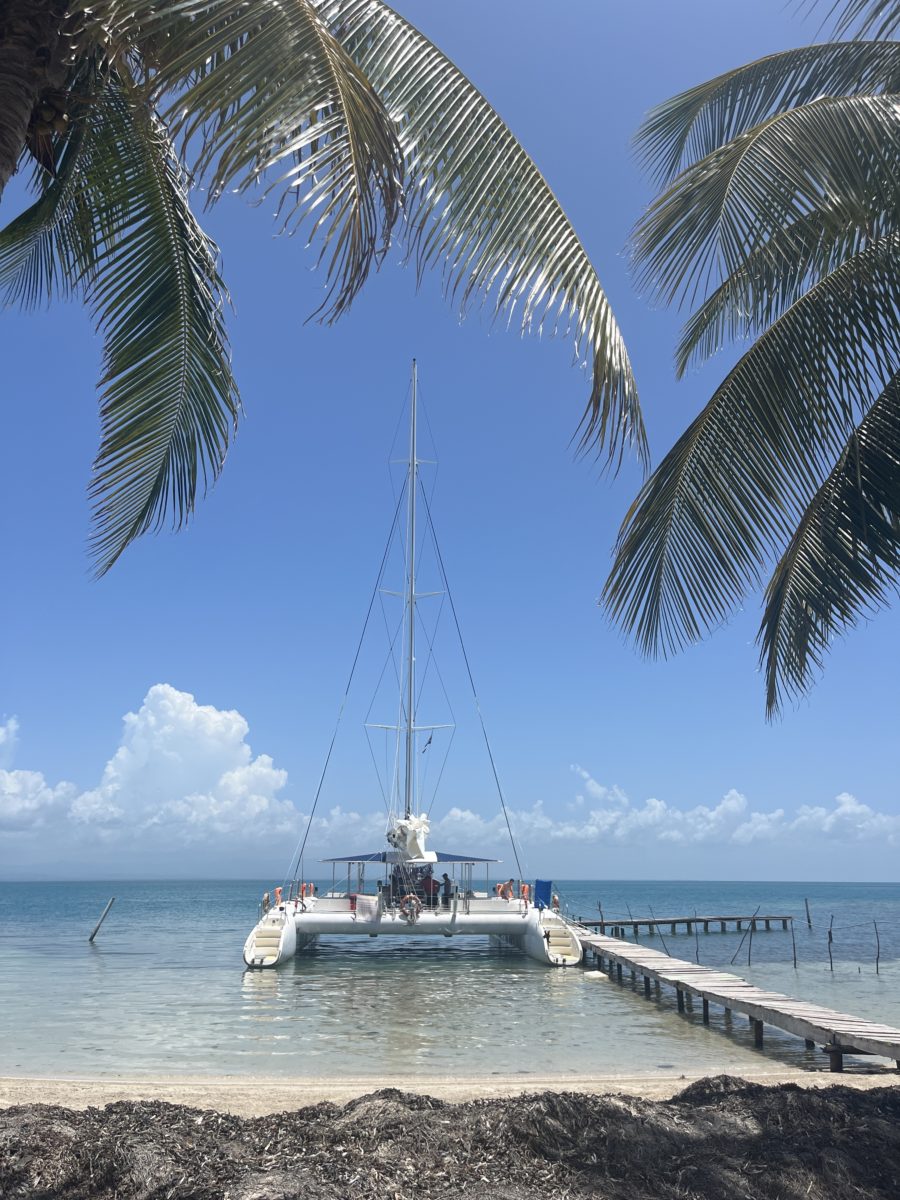
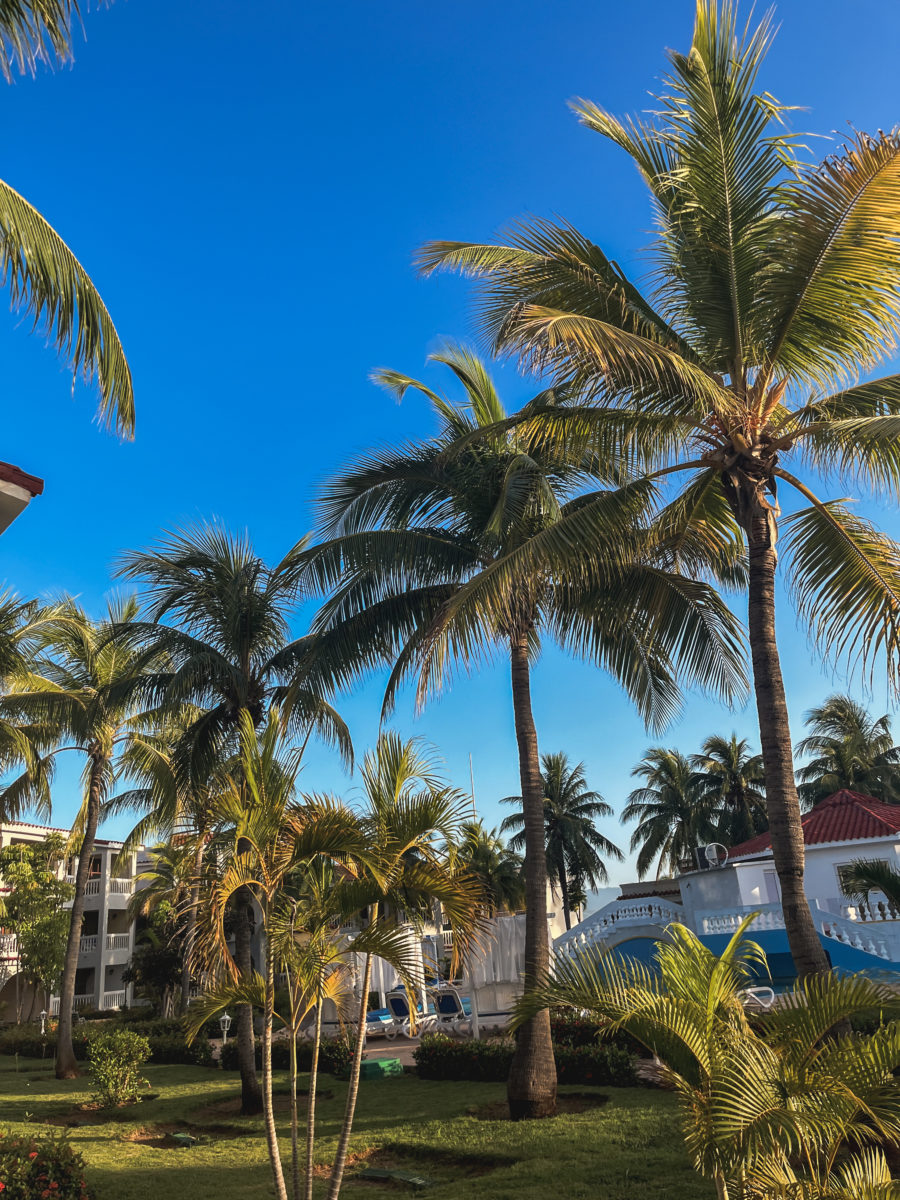
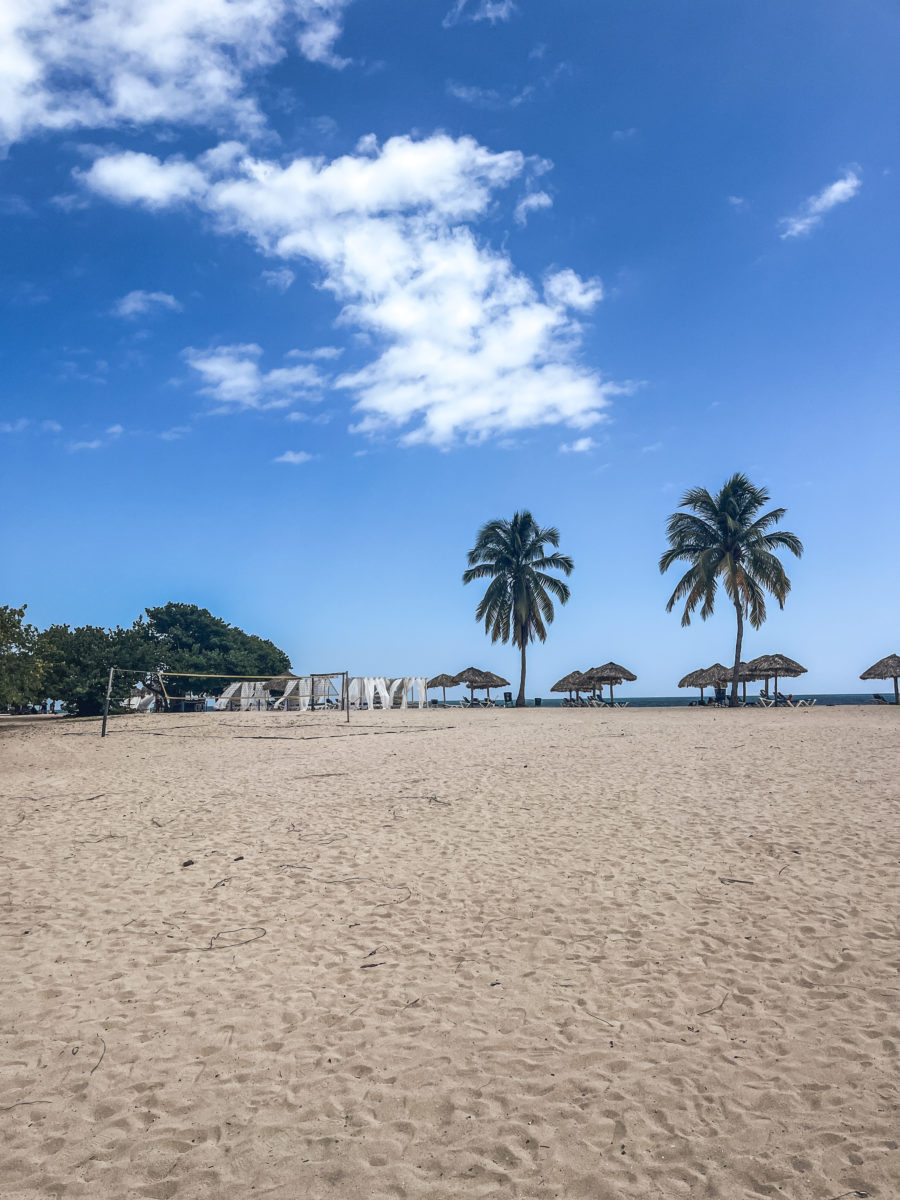
Playa Ancón was the perfect place to slow down and savor the final moments of this trip. A gentle conclusion, with our feet in the sand and our eyes on the changing reflections of the Caribbean Sea.
Memories Trinidad del Mar (3 nights)
Contact & Booking
Website: Memories Trinidad Del Mar | Official Site
Practical Information
Before leaving for Cuba, we found it particularly difficult to gather all the necessary information to organize our stay. Limited internet access, as well as restrictions on certain international sites like Airbnb or Booking.com (inaccessible from Cuban territory), complicate travel preparation.
Travel blogs and traveler exchange forums were a great help in understanding local realities, but much of the information was unclear or outdated. So, based on our experience, here are some practical tips that could facilitate your Cuban adventure from Switzerland.
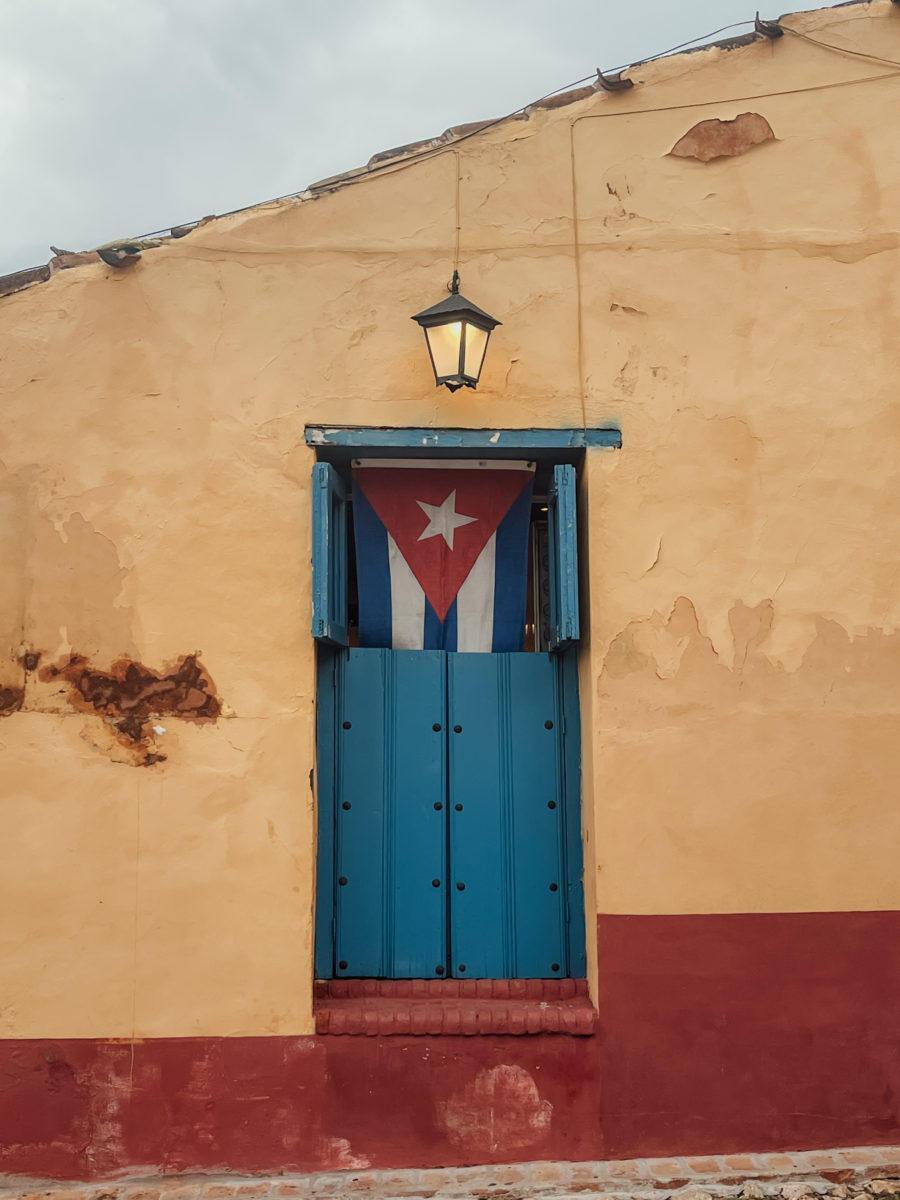
Entry Formalities: Visa and Essential Documents
Since 2024, Swiss nationals must obtain an e-visa to travel to Cuba. This electronic visa replaces the old tourist card and allows a stay of up to 30 days, with the possibility of extension once in the country.
The application process is in two steps: first, you need to contact the Cuban Embassy in Bern (consulcuba@bluewin.ch) by email to get the instructions, then send the required documents by post. In our case, we discovered this formality just a few days before departure, but fortunately, an express post service allowed us to receive the visa in time. Additionally, the visa payment (87 CHF) could only be made by bank transfer at the post office counter and not online.
Furthermore, it is mandatory to fill out the D’Viajeros health form within 48 hours before your arrival in Cuba. This online form generates a QR code that will be required at the airport during entry control.
To obtain the visa, you need to prepare:
- A photocopy of your passport valid for at least 6 months after the date of entry.
- A stamped envelope worth CHF 6.30 with your address for the return of visa. If you send the envelope without stamps, you must add 10 CHF to the total amount of the procedure during the bank transfer.
- A copy of your round-trip ticket.
- Proof of visa payment.
- The completed form, which will have been sent to you by email by the embassy.
Health and Insurance: Be Covered
Cuba requires proof of health insurance valid on its territory, written in Spanish or English. This insurance must cover medical and hospital expenses. Therefore, ask your health insurance provider for this document. But, to be honest, it was never requested during our stay.
Advice: If this is not part of your basic insurance, consider taking out comprehensive travel insurance, including medical repatriation and assistance. Health infrastructures are limited, and medication shortages are frequent. On the street, many Cubans spontaneously asked us for essential items, such as soap, shampoo, or even medications.
Where to Stay: Hotels or Casas Particulares?
Cuba offers two types of accommodations:
- State-run hotels are often well-located but can be expensive.
- Casas particulares (homestays) are more economical and allow for immersion in Cuban culture.
We mostly chose to stay in casas particulares, these typical Cuban homestays, which are both authentic and affordable. Reservations are usually made by email or via WhatsApp, and payment is made directly in cash on site.
That said, we were also able to pay for some nights in advance: the hotel in Playa Ancón and two accommodations via Airbnb, booked remotely by my friend’s mother. Indeed, as mentioned earlier, platforms like Airbnb and Booking are not accessible from Cuba. However, some casas may have access to them through a privileged local connection. For travelers, this means either booking from abroad before departure or going through someone outside of Cuba, a solution we adopted to maintain some flexibility in our itinerary.
Getting Around in Cuba
Traveling in Cuba can be an adventure in itself! Here are the main options:
Taxis
Official taxis (yellow) are safe but expensive. Always negotiate the price before getting in, as meters are rarely used.
Collective taxis (called almendrones) are old shared cars, cheaper and very typical.
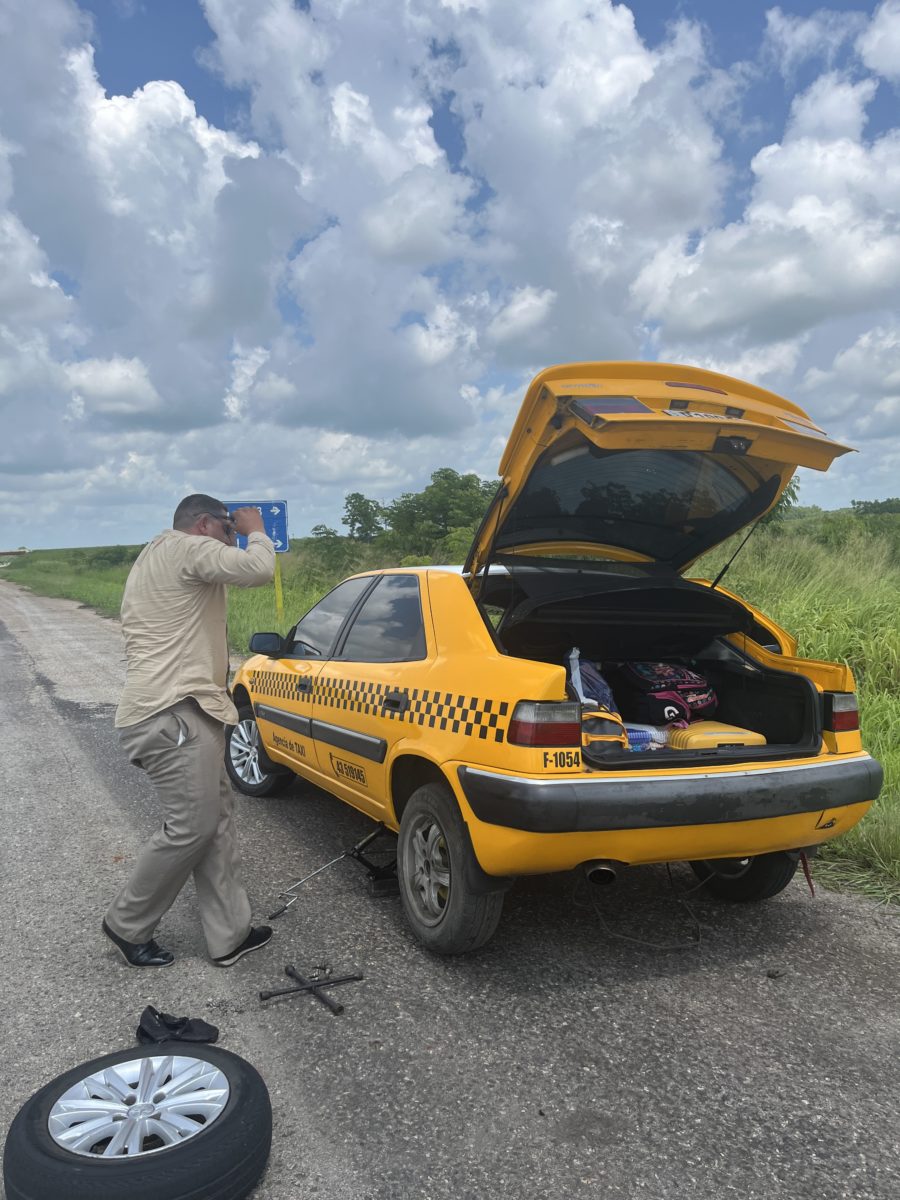
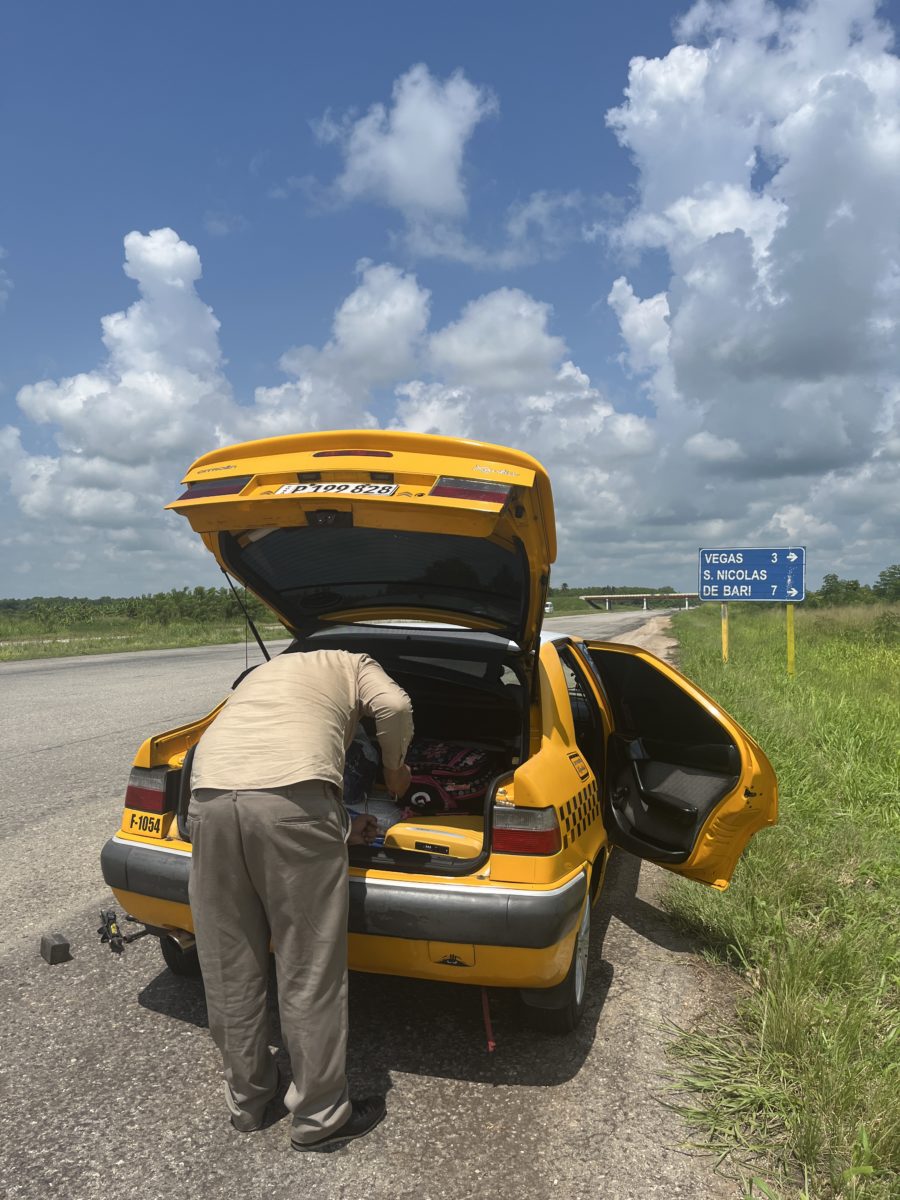
Allow plenty of time for your journeys, as breakdowns and flat tires are common, as shown in the photos above.
Bus
Viazul is the intercity bus network for tourists. It is known for being reliable, air-conditioned, and economical. However, we did not fully understand the baggage policy, and since bus stations are often on the outskirts of city centers, we chose not to use this service.
Car Rental
This option is possible but expensive and sometimes complicated (vehicle shortages, poorly marked roads). Book well in advance if you choose this option. Note: gas stations are rare outside major cities.
Personally, we traveled only by taxis, mainly collective ones, and the prices were always negotiated by our hosts. However, it was a significant part of our travel budget, costing between 20 euros to 50 euros per person depending on the trips (and distances), to be paid in cash on site.
Safety and Local Context
The current economic situation is causing shortages of fuel, electricity, and essential products. During our stay in August 2024, we experienced several power outages, both during the day and at night.
We rarely went out late, especially when it was completely dark. We always felt safe, but it is important to remain vigilant and adopt a discreet approach, avoiding ostentatious jewelry or overly flashy clothing.
What currency to use in Cuba?
Since the disappearance of the convertible peso (CUC), the official currency is the Cuban peso (CUP). However, for tourists, the euro (EUR), Canadian dollar (CAD), and US dollar (USD) are widely used and often preferred.
Things to Know:
- The euro is accepted in many hotels, casas, restaurants, and tourist shops.
- The official rate is about 1 EUR = 120 CUP, but the informal rate can reach 300 CUP or more for 1 EUR.
Practical Tips:
- Bring cash in euros, as (Swiss) bank cards do not always work. We each brought around 1,000 euros, divided into small and large denominations. We met some Dutch travelers who had to cut their trip short due to a lack of cash, refusing to withdraw from ATMs with exorbitant fees, which could reach up to 70% of the requested amount.
- Change a small part of your money into CUP for small purchases (local shops, markets). We exchanged about 100 CHF, which lasted us the entire trip, knowing that we were given change in CUP when we paid in euros.
